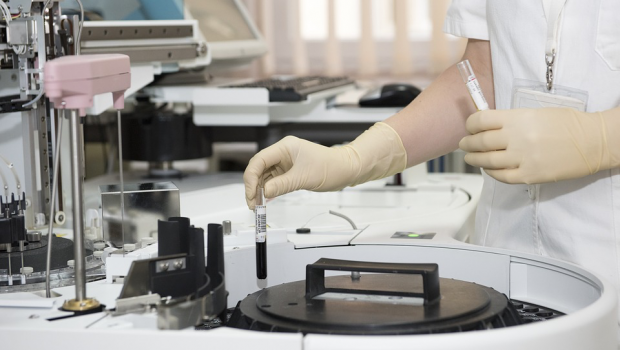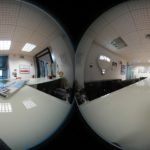A New Breast Cancer Screening Tool That’s (Not) Coming Soon to a Hospital Near You
Breast cancer remains a perennial health issue for women around the world. Technology has advanced by leaps and bounds and helped a great deal in detecting and treating this form of cancer, but now a new screening technique has fallen by the wayside. What is molecular breast imaging, and why isn’t it going to show up at your local hospital any time soon?
A Sensitive Anatomical Issue
As you’ll see further on, doctors have multiple options when they’re screening for breast cancer. It’s going to be a long time before anything replaces the reliable old mammogram, though. Mammograms have several shortcomings, but one of the ones that doesn’t receive enough attention is that it doesn’t treat all breasts equally. Mammograms are great at detecting tumors in low-density breasts, i.e. those with a lot of fat. Women whose breasts are made up of more dense tissue and less fat get much less useful results from mammograms.
Despite the importance of this fact, very few women know whether or not they have dense breasts, even after undergoing multiple cancer screenings via mammogram. This is something that should change in the future, and your breast density may become a vitally important part of your medical records. (Yes, you may one day be asked about the density of your breasts when shopping for insurance quotes online.)
MRIs, Mammograms, and the Missing Middle Ground
So mammograms aren’t reliable for a lot women due to breast density? Is there an alternative screening method? Of course! MRIs have no trouble dealing with dense breasts. The problem here is that MRIs are incredibly expensive when compared to mammograms. Not only do they require a ton (literally!) of equipment, MRIs also require a lot of technical training and experience to interpret correctly. They have a bad habit of turning up false positives that lead to unnecessary biopsies, too.
Basically the entire breast cancer screening spectrum is missing a middle ground. On one end you have the traditional mammogram: cheap, widely available, and not as effective as it could be. On the other end you have the MRI: expensive, complicated, and still not that effective. Wouldn’t it be great if there were some third option to fill in the gap between these two! There is! Unfortunately, it’s going to be a long time before it becomes as broadly available as mammograms or MRIs.
Gamma Rays to the Rescue
Molecular breast imaging is the new screening technology that falls in between mammography and MRIs. It’s also known as scintimammography, sestamibi, or a Miraluma test. Sestamibi is a radioactive “tracer” medication that’s used in a number of different medical applications, most commonly cardiology. Sestamibi is terrific because it’s absorbed well by cancer tumors but poorly by healthy tissue.
In order to make use of sestamibi, doctors use specialized detectors to pick up the gamma rays it emits when absorbed by tumors. Until a few years ago, these detectors weren’t sensitive enough to image the very small tumors you need to find when you’re screening for breast cancer. Technological advancements have changed that, and today a dual-detector MBI machine can find breast tumors that are less than a centimeter in diameter.
The Reasonable Problems with MBI
Why aren’t you seeing MBI machines getting installed in every radiology clinic in the world, then? Well, there are some reasonable issues that block the widespread adoption of this new form of cancer screening. For one thing, it requires the support of a robust nuclear medicine department to supply the necessary radioactive tracer, and that’s not a department that every hospital has.
More importantly, MBI is far and away the most radiation-intensive form of breast cancer screening available to you. Even though the dose of gamma rays you experience is way too low to be considered dangerous, it’s still far higher than the radiation exposure of an ordinary mammogram. This makes MBI unsuitable as a tool for repeated regular screenings, as multiple doses over time might actually cause cancer rather than preventing it.
The Less-Reasonable Problems
There are some roadblocks to using MBI that aren’t so logical. MBI doesn’t require an expensive investment in technology infrastructure like MRIs do, and an MBI machine isn’t as pricey as a brand-new digital mammography system, either. That means equipment manufacturers don’t like it. Insurance companies aren’t particularly enthused, either — they have enough problems with the potential side effects of traditional mammograms to embrace an alternative that exposes you to even more radiation.
Hopefully MBI can eventually be installed in a reasonable position in the spectrum of breast cancer screening techniques. Even if it’s not suitable for regular screenings, it certainly helps women whose particular circumstances (family history and dense breasts) make mammograms less effective. It could also be employed as a follow-up to help investigate anomalous results on other screenings. Time will tell whether or not the medical establishment gets on board with MBI screening.
Author bio:
Jeremy is a tech and business writer from Simi Valley, CA. He lives for success stories, and hopes to be one someday…
















